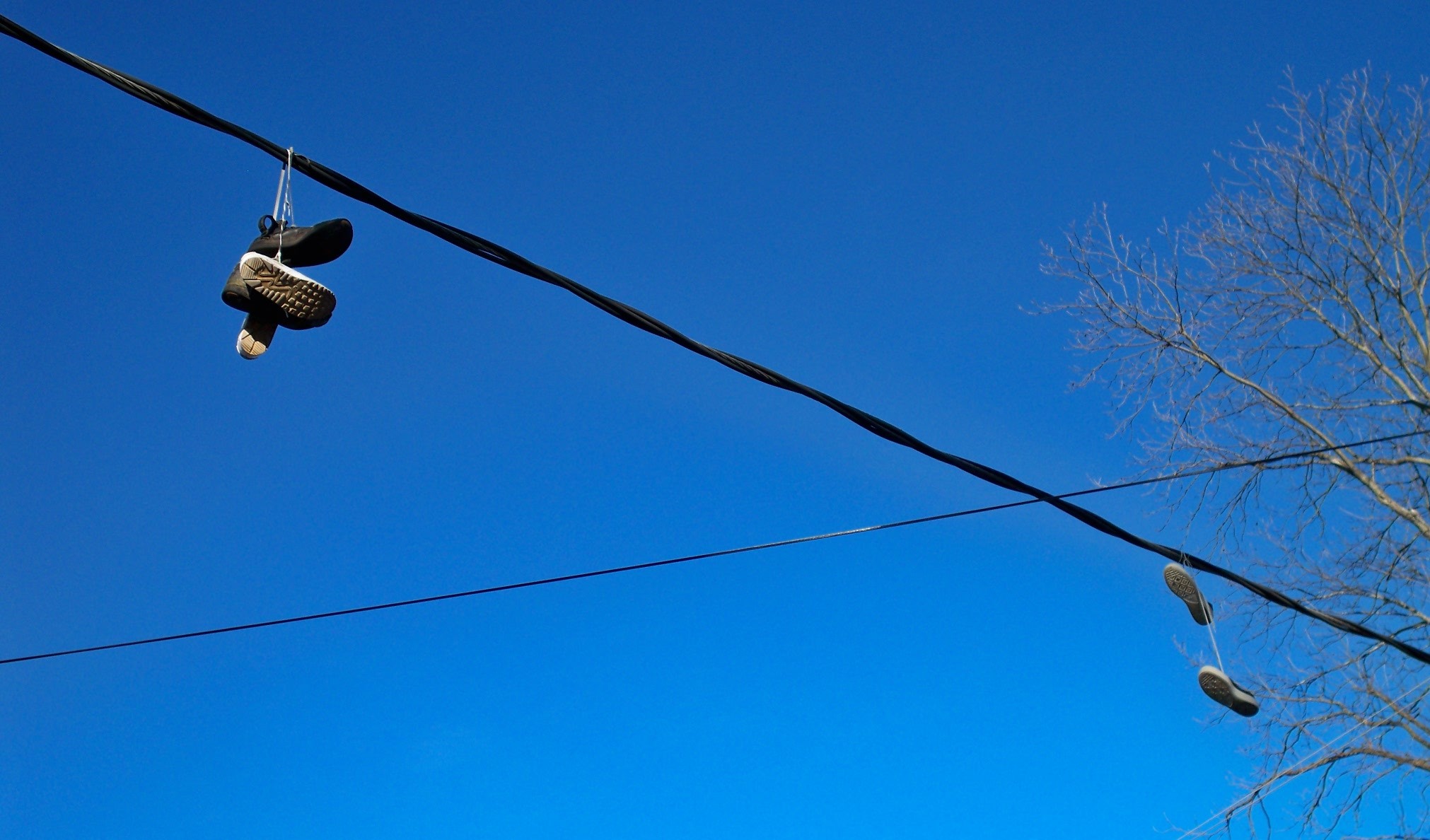Reducing Property Crime: 7 Tips to Help Create a Crime-Free Atmosphere

School is right around the corner and many families are getting settled into new neighborhoods with new schools. With so much activity, it’s easy to miss some signs of undesirable neighborhood activities, such as sneakers knotted together by their shoelaces dangling from utility wires.
Shoes left outside in the yard or on the porch for an unusually long time are among the many signs that your property may be more susceptible to crime. The presence of drugs, guns and criminal mischief creates an unattractive—and sometimes dangerous—problem that usually leads to high resident turnover.
Brent Sobol of Legacy Community Housing Corp., and former undercover police officer and real estate investor Mike Butler say a crime-free property and neighborhood funnels positive results to the bottom line. Resident retention is higher and insurance premiums can drop.
“When you get in an efficient crime-prevention program, you’re going to see that your bottom line will explode, because now your community will be desirable,” said Butler, the author of Landlording on Auto Pilot. “The woman who lives in Apartment 3 is going to invite her family and friends to come over there, too.”
The Power of the Lease Can Prevent Crime
A landlord’s power of the lease is often a good defense to keep undesirables away. Oftentimes criminals take a possible eviction more seriously than being arrested, Sobol and Butler say.
“(The criminal) is focused on the lease, not criminal code,” Butler said. “When I worked as a police officer, do you think criminals gave a flying kahuna about the law? No, it’s a revolving door for them. But if you threaten to call the housing supervisor, they will comply all the way, 100 percent. Your lease is more important and valuable to them than the law.”
Identify Property Crime Potential With Quarterly Unit Inspections
Sobol recommends conducting quarterly property inspections in accordance with state leasing laws and look for the tell-tale signs of drug activity such as sandwich bags, razor blades, Brillo pads, digital scales and lighters. Sobol also recommends following this seven-step checklist to help clean up or prevent a crime-ridden community:
1. Know Who’s In and On Your Property
Walk your units at least twice a year, don’t tolerate unauthorized occupants and use “knock and talk” technique with police. Also, ask suspicious people who aren’t residents to leave.
2. Identify Where Troublemakers Go
Sobol recommends a lease define the number of days visitors are allowed to stay in an apartment before they must be added to the lease or are considered trespassers. If this is violated, do not be afraid to take the necessary legal steps to evict that resident.
3. Enforce Community Rules
Condition residents to follow lease terms. Use infraction notice forms to document incidents or build a case.
4. Remove Graffiti Quickly
Graffiti attracts negative attention. Remove it quickly, and vandals will likely stop doing it.
5. Befriend Your Fellow Property Manager
Area landlords are likely experiencing similar issues, so reach out and make friends. While a competitor, your peer could become an asset in helping eliminate undesirables from the neighborhood.
6. Team Up with law Enforcement and Security
Prosecutors and police department personnel can and want to help you develop ways to deal crime issues. Start or participate in a neighborhood watch program or get involved in a National Night Out in your community.
7. Help Keep the Neighborhood Attractive
Keep the neighborhood clean and kept even if it means mowing a vacant lot or median or picking up clutter near your property. Straighten that crooked street sign and report code violations. An unattractive area signifies that those living there may not care enough to improve the surroundings and beckon undesirables.
And watch out for those tennis shoes.
(Image source: Brent Sobol)







